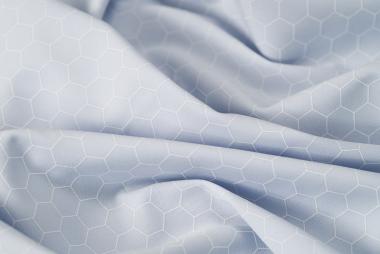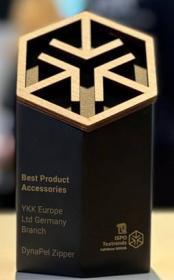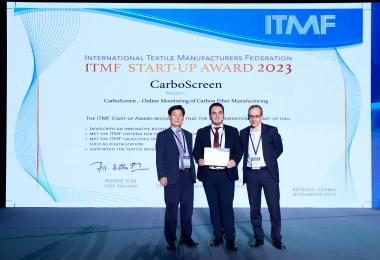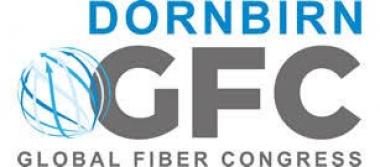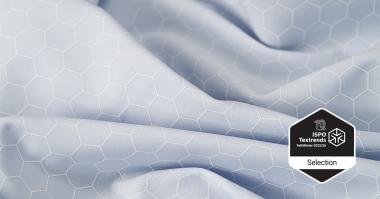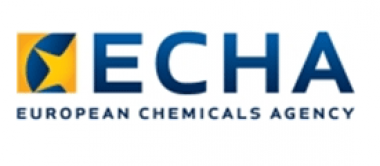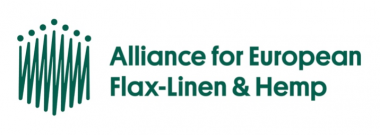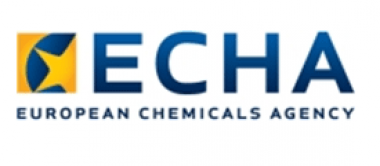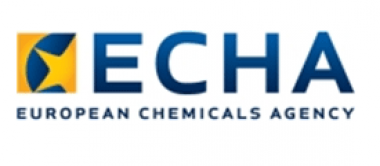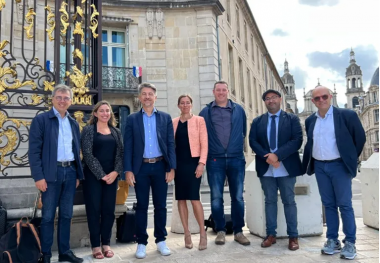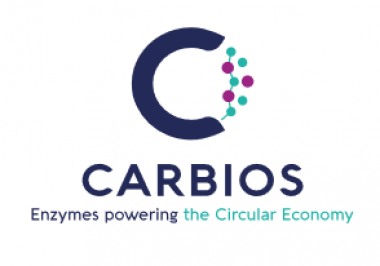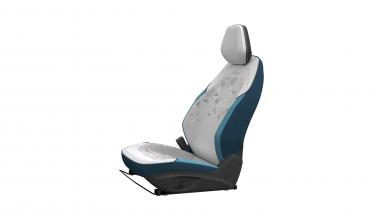Hologenix: CELLIANT® as a printed coating
Hologenix has announced that its flagship product CELLIANT® infrared (IR) technology, a natural blend of IR-generating bioceramic minerals, is now more widely available from the company as a printed coating, expanding the uses of the technology and increasing the number of prospective partners. The innovation has already been named a Selection in the Fibers & Insulations Category of the ISPO Textrends Awards just last month.
Traditionally, CELLIANT has been embedded directly into fibers and yarns. However, for its print applications, CELLIANT fine mineral powder can be easily added directly onto the surface of all different fabric types. The company is particularly energized about how this expands the array of sustainable offerings that CELLIANT can be incorporated into, and is looking forward to partnering with brands to print CELLIANT on their ecofriendly fabrics. CELLIANT Print may be a cost-effective alternative to in-yarn solutions and allows for a more efficient supply chain.
fabrics or to a new fabric to create a variety of different product applications. For brands who are seeking a smaller pattern roller for apparel, orthopedic products or other close-to-skin projects, CELLIANT Print can accommodate this. There is also a larger pattern roller for bedding and larger-scale applications. As long as the print covers 80% of the fabric’s surface, the design possibilities for the print itself are virtually endless. CELLIANT Print has undergone mechanical testing for wash tests and can be confirmed to last the useful life of the product, for 50+ washes.
By applying CELLIANT Print directly onto the fabric, brand partners are able to use CELLIANT with a higher loading of bioceramic minerals than what would otherwise be possible with an in-yarn solution. This makes it ideal for recovery and performance purposes. In fact, an example of a CELLIANT Print application on kinesiology tape, KT Tape® PRO Oxygen™ was launched in April to great success.
Hologenix, LLC


